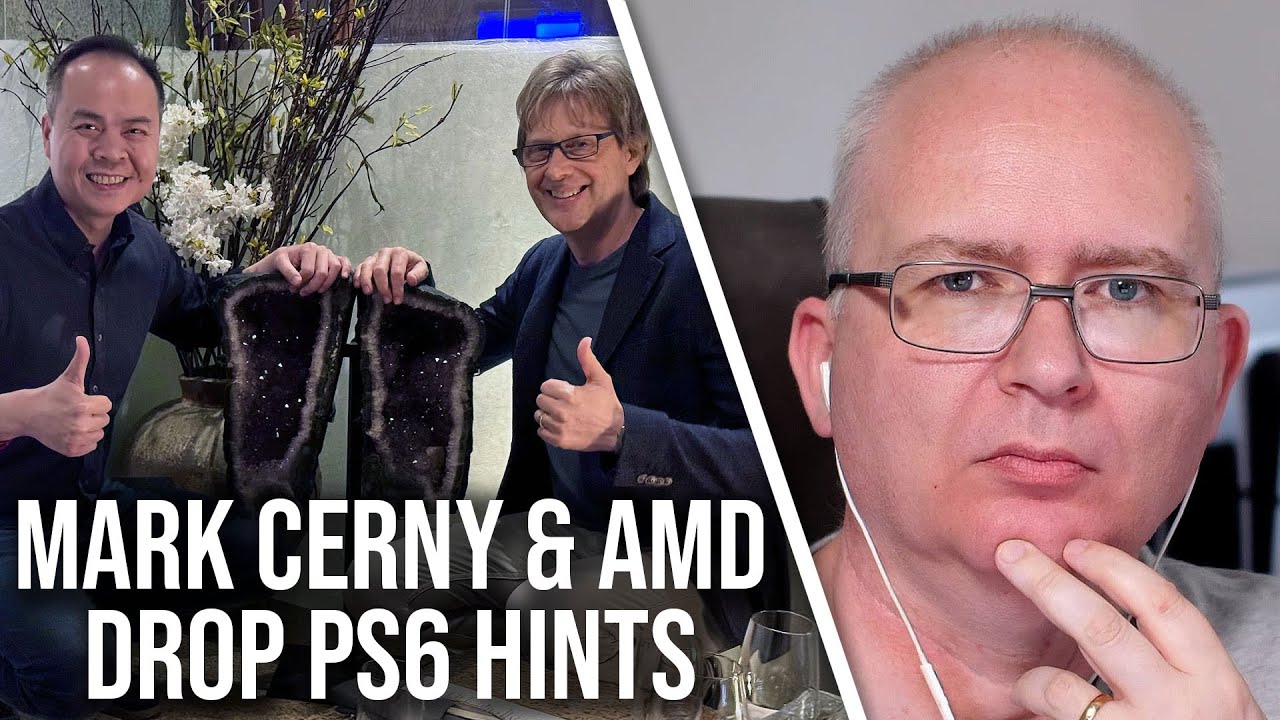Mark Cerny and AMD revealed that the next-generation PlayStation 5 Pro will feature an updated FSR4 upscaling algorithm to enhance 60fps gameplay, with AMD’s upcoming RDNA5 architecture poised to play a key role in the PlayStation 6 expected around 2027-2028. Their collaboration emphasizes open innovation and machine learning advancements, signaling a strategic, multi-year plan to boost console performance and visual quality.
The recent announcement from AMD reaffirmed the ongoing Project Amethyst collaboration between AMD and Sony, symbolized by a PR photo featuring a large amethyst block. This collaboration focuses on enhancing PlayStation technology, particularly through advancements in upscaling algorithms. Mark Cerny, in an interview with Tom’s Guide, provided updates on the project’s progress, emphasizing its significance not only for Sony and AMD but also for the broader gaming market. While much of the discussion revisited previously known information, it reinforced AMD and Sony’s commitment to pushing console performance forward.
A key highlight from the interview was the confirmation that an updated version of the algorithm behind AMD’s FSR4 (FidelityFX Super Resolution 4) will be integrated into the next-generation PlayStation 5 Pro consoles. This update aims to improve image quality and performance, particularly targeting 60fps gameplay, where efficient upscaling is crucial. The enhanced upscaler is described as a “drop-in replacement,” meaning developers can easily upgrade existing games to utilize the new technology without extensive rework, potentially transforming the visual experience of many PS5 Pro titles.
Mark Cerny also hinted at the future PlayStation 6, revealing that AMD’s forthcoming RDNA5 architecture will likely incorporate engineering developments intended for Sony’s next-generation console. Although not much new information was provided, this suggests that preparations for PlayStation 6 are well underway, aligning with a possible launch timeframe around 2027 or 2028. The collaboration appears to be strategic, with Sony and AMD working closely to ensure that the new console benefits from cutting-edge hardware and machine learning advancements.
An interesting aspect of the collaboration is its non-proprietary nature, meaning that innovations developed through the AMD-Sony partnership could be accessible to other companies and platforms. This openness contrasts with the recent Microsoft hardware collaboration announcement and indicates a broader industry impact. Additionally, Mark Cerny noted that AMD is moving quickly to prepare for the next generation of consoles, which implies that RDNA5 or its equivalent could debut as early as next year, setting the stage for future PlayStation hardware.
Overall, the interview and announcement provided reassuring updates about the trajectory of PlayStation’s hardware evolution, particularly emphasizing machine learning and upscaling technologies. While there was no groundbreaking new reveal, the confirmation of FSR4 integration and hints about RDNA5’s role in PlayStation 6 demonstrate a clear, multi-year strategy. This approach allows developers to work with emerging technologies early and ensures that the next generation of PlayStation consoles will deliver significant performance and visual improvements, exciting fans and industry watchers alike.
